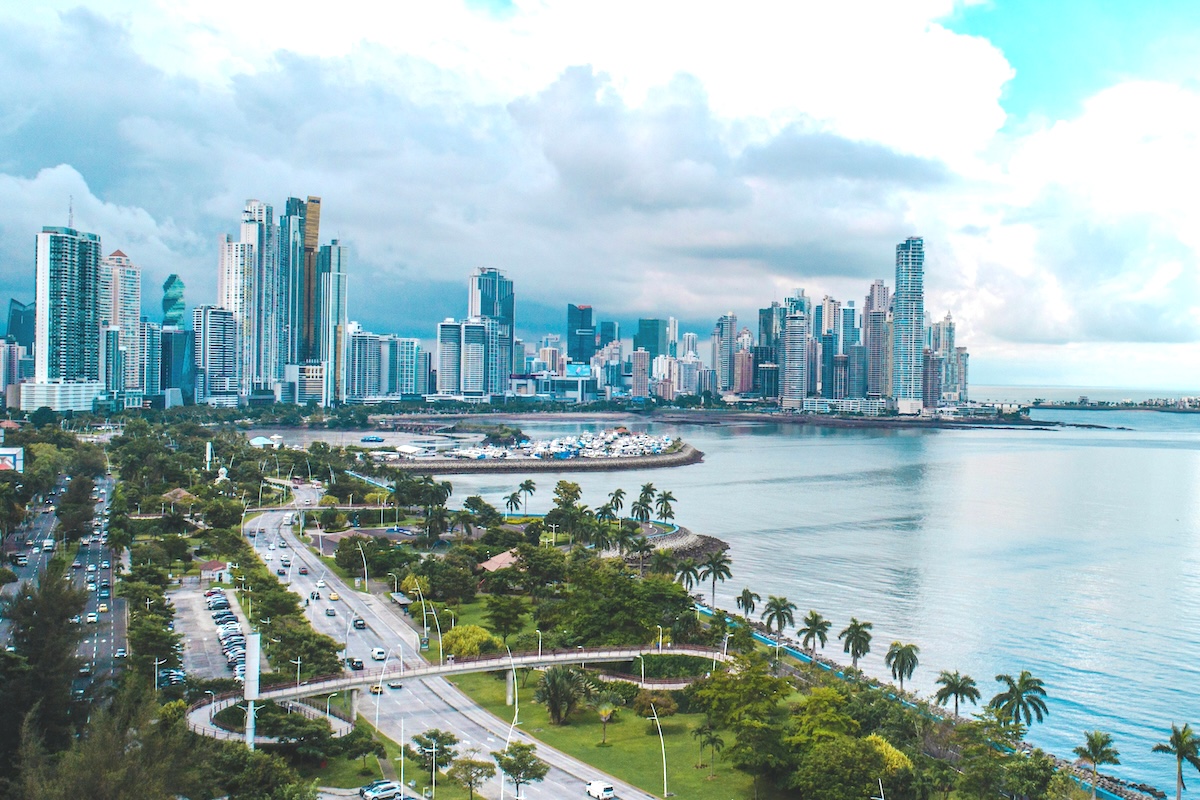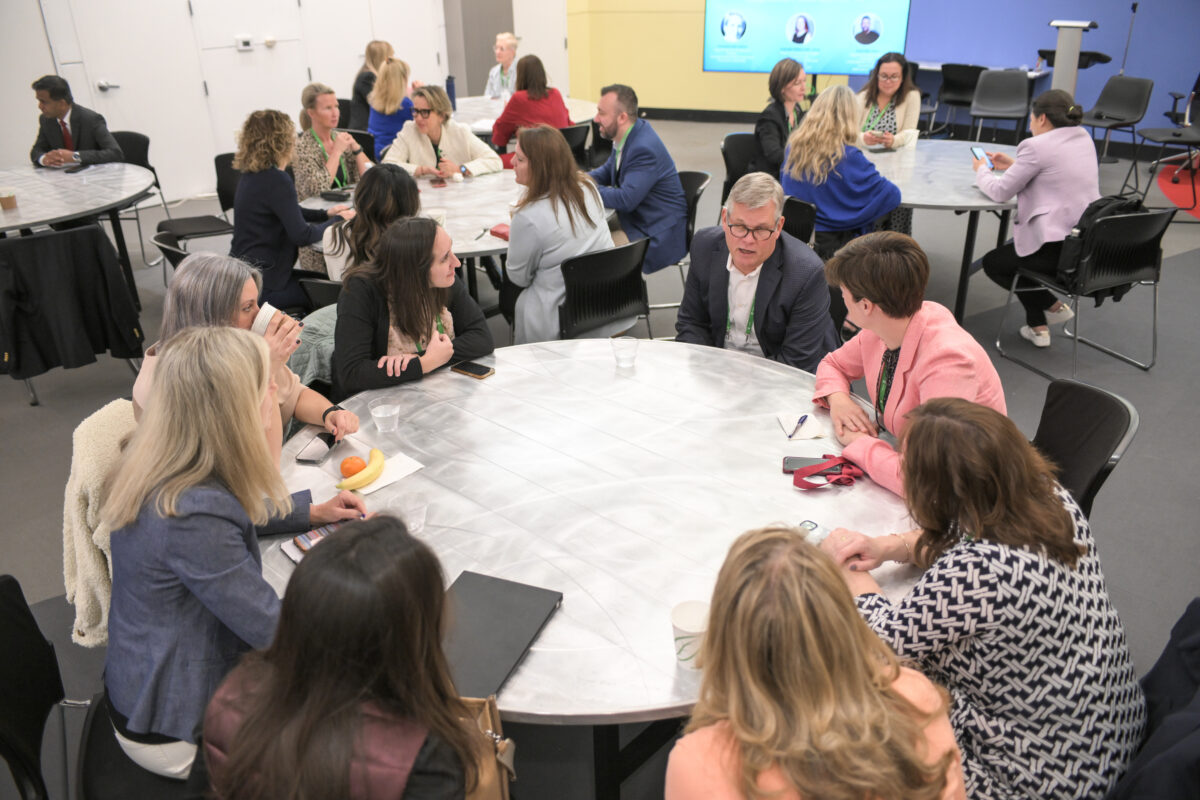Skift Take
The latest Freeman Trends Report sheds light on a discernible misalignment between the offerings provided by organizers and the preferences of both attendees and exhibitors. It’s time to close the gap.
The latest edition of the Freeman Trends Report spotlights a disconnect in the industry that exists between what organizers provide and what attendees and exhibitors value the most.
“Attendees often don’t align with many of the things meeting professionals focus on,” says Ken Holsinger, senior vice president of strategy at Freeman.
“What motivates attendees to attend, and what drives their satisfaction with the event higher?” Holsinger asks. The 57-page report focuses on these motivators. Planners often design experiences without keeping the core objectives of attendees in mind, which leads to lower satisfaction, and ultimately, they don’t return. To be successful, that must stop.
“It’s important to understand the difference between what attracts them to the event versus what enhances their experience at the event itself,” says Holsinger.
What Motivates Attendees
According to the report, people attend events for four primary reasons. To have fun, learn, network, and do business. Freeman maps these goals to an XLNC Framework derived from experience, learning, networking, and commerce.
The question was posed in the report, “When thinking about your overall experience at any in-person event, what are the top three factors that most positively influence your experience?” The response? Immersive activations, personalization, and technology.
“The time has come to drive strategy with the needs of attendees in mind,” said Holsinger.
Each Attendee Has Specific Needs
Attendees have normally been viewed through an industry-first lens, but that is evolving. We must factor in age, gender, socio-economic status, and event type, as they are the most significant predictors of attendee values and behaviors. “The industry they are in is the punctuation at the end of the sentence that drives things,” says Holsinger.
The one thing that all generations have in common is the desire for personalization. “The days of making decisions based on homogeneous assumptions are over,” the Freeman report states.
AI-powered personalization is being perfected and will help with this. It’s up to planners to build personalized experiences in the agenda, like curated agendas, persona-based wayfinding, and interest-driven sessions.
Motivation is Nuanced
Holsinger says planners should design experiences, keeping attendees’ end goals in mind. By considering an attendee’s age, gender, role, and event preferences, a more nuanced understanding of their motivation.
Some planners shy away from the sales part of their events, which is a missed opportunity. “Attendees are open to the commercial aspects of events. They want you to be more aggressively forward. I am here to buy stuff; help me do that,” said Holsinger.
Attendees report wanting to get their hands on products and see solutions in real time. In turn, meeting professionals can encourage exhibitors to showcase new products to help this.
One trend that continues is the trustworthiness of events. “The rise of misinformation has contributed. You can’t fake an in-person conversation,” says Holsinger. Currently, 80% rank in-person events as their most trustworthy source of information, up five percent from 75 percent in 2023. “That is significant in less than a year.”





